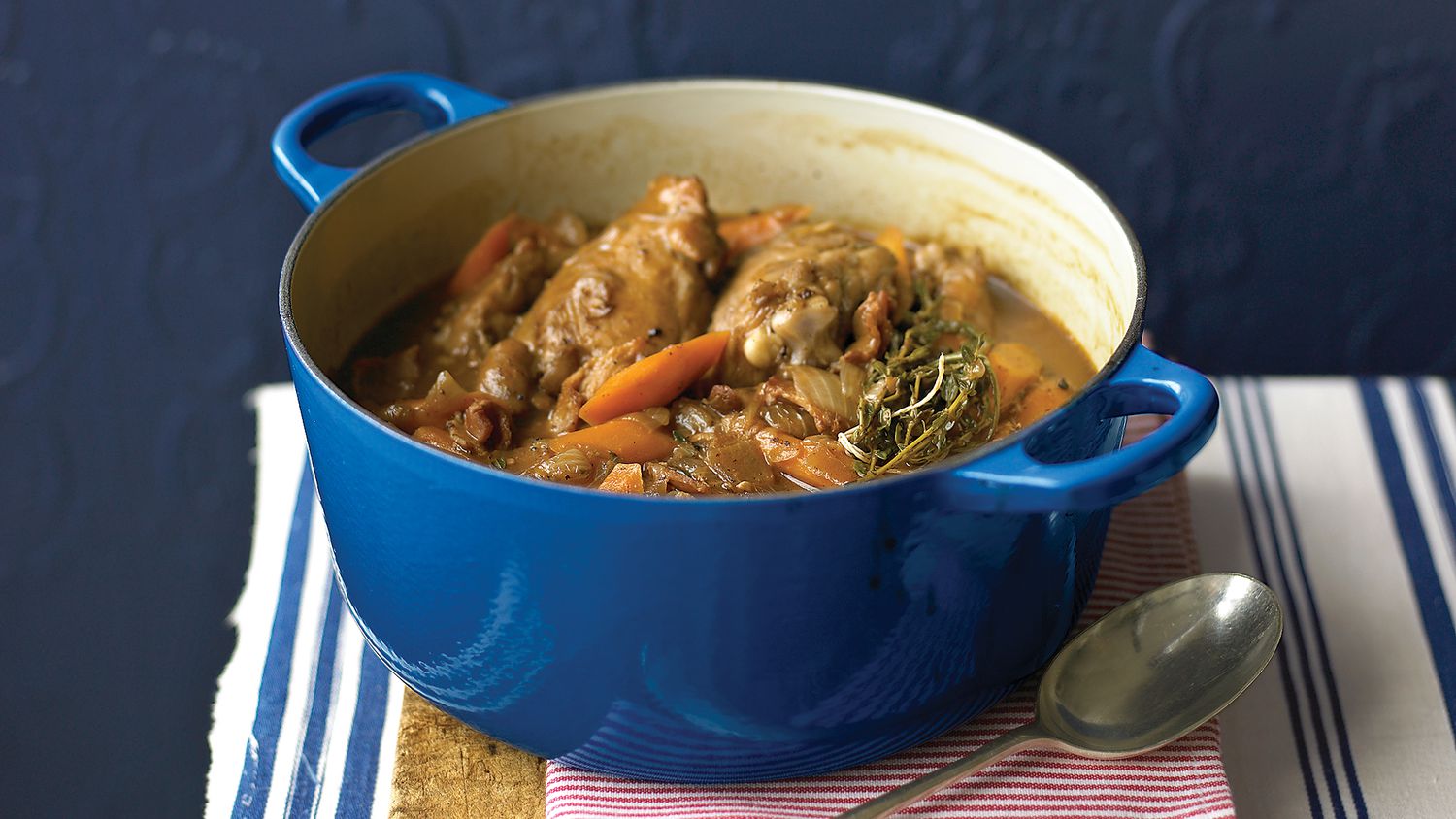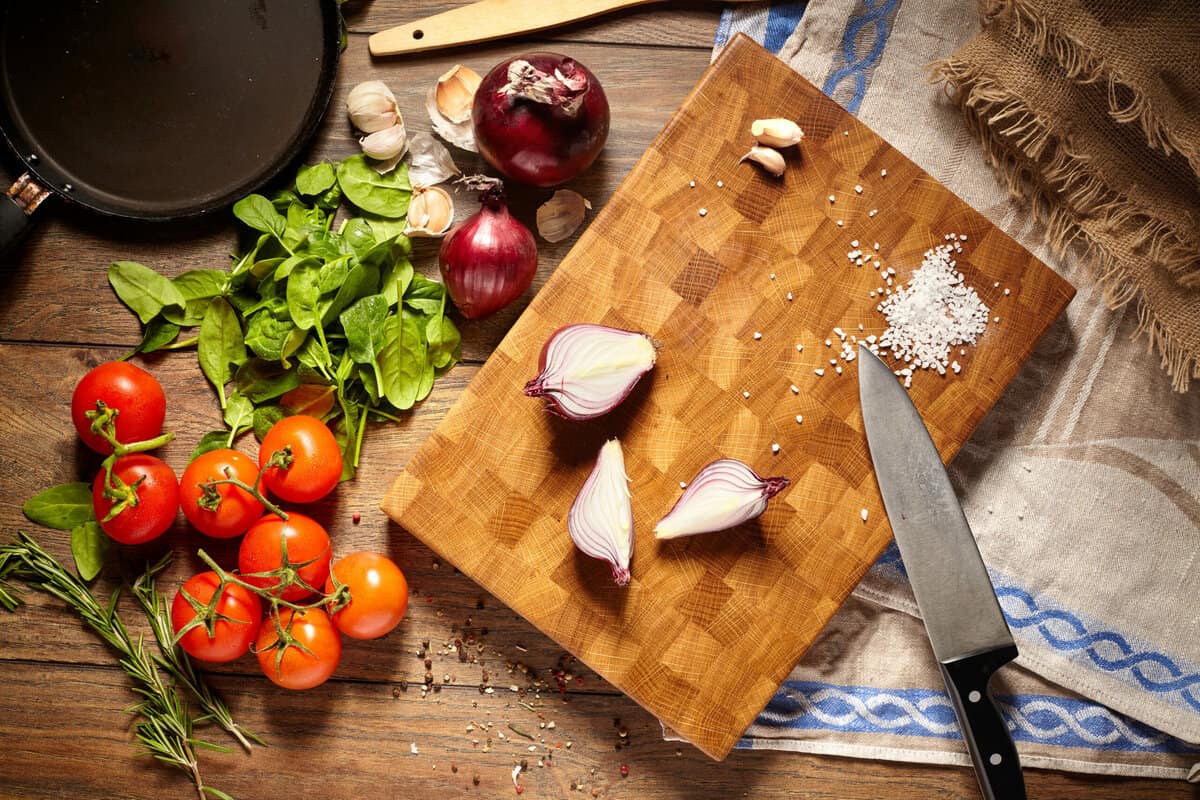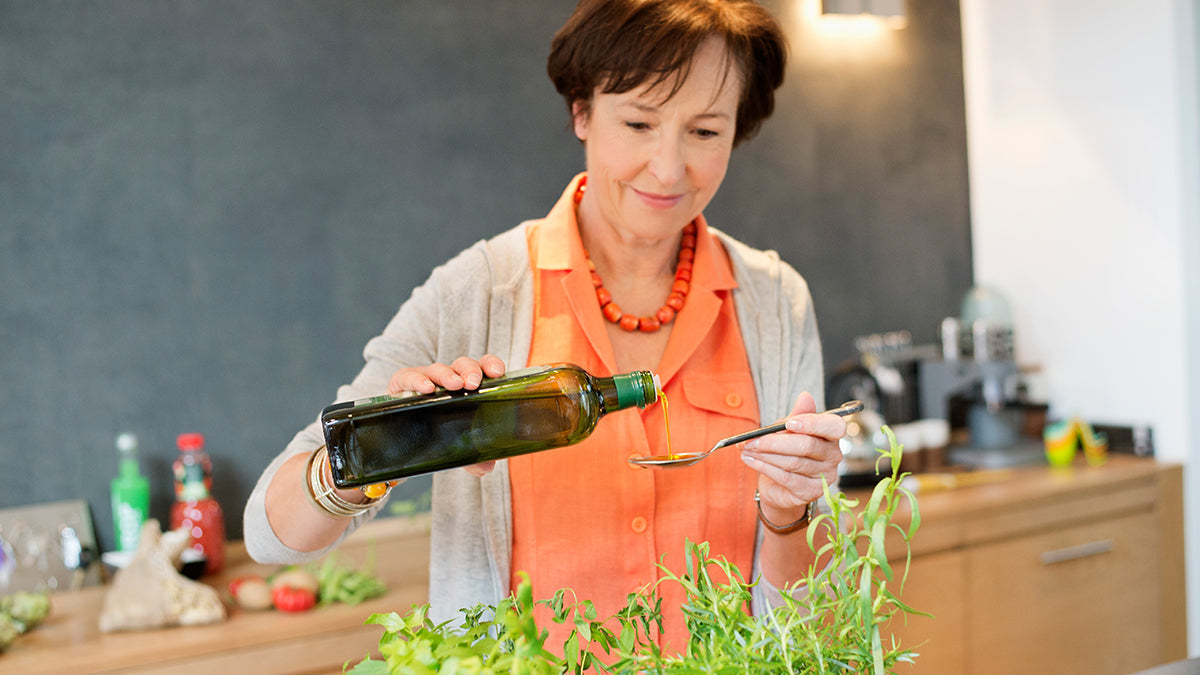Baking sourdough bread is a delightful experience, but many assume that a Dutch oven is essential for perfect results. If you're asking, how to bake sourdough bread without a Dutch oven?, you're not alone. For kitchen professionals or home bakers who lack a Dutch oven, there are ingenious methods to achieve crusty, delicious bread without compromising quality. Lets explore the technique together and perfect this art at home!

Why Do Bakers Use a Dutch Oven for Sourdough Bread?
A Dutch oven replicates the conditions of a professional steam oven. When baking sourdough, steam retention is key to producing the signature crust and soft, airy crumb. However, not everyone has access to a Dutch oven, or you might find yourself improvising in a commercial setting. Thankfully, several alternatives work like a charm.
Essential Tools You Need to Start
Before diving into the process of baking sourdough bread without a Dutch oven, lets look at some tools youll need:
- A baking stone or standard baking sheet
- A deep roasting tray or metal bowl
- Parchment paper
- Spray bottle for water
- A bread lame or sharp knife for scoring
Key Components to Replace a Dutch Oven
The purpose of a Dutch oven is twofold: heat retention and steam creation. Without one, kitchen professionals can mimic these conditions by leveraging alternative setups. Incorporating tools like a deep roasting tray or preheated lid helps to trap steam. High-quality baking stones, available in different sizes, work to replicate even heat dispersion.
Step-by-Step Guide: How to Bake Sourdough Bread Without a Dutch Oven
Step 1: Preheat Your Oven
Start by preheating your oven to 475F (245C). Place a baking stone or heavy-duty baking sheet on the middle rack. If you dont have a baking stone, a thick sheet can also efficiently retain heat. Dont forget to place a deep tray or even a cast iron skillet on the bottom rack to hold water.
Step 2: Prepare Your Bread Dough
Follow your usual sourdough bread recipe for preparing and shaping the dough. If your dough was refrigerated overnight, allow it to come to room temperature before placing it in the oven.
Step 3: Use Parchment Paper for Transfer
Place your proofed dough on parchment paper to make transferring it into the oven smooth. The parchment also prevents sticking to the baking surface.
Step 4: Create Steam
Pour hot water into the tray or skillet you placed earlier on the bottom oven rack. The steam will replicate the high-humidity environment that a Dutch oven provides, giving you crusty bread with a golden finish.
Step 5: Bake to Perfection
Transfer your bread (on parchment) to the oven. Bake at 475F (245C) for 20 minutes with steam. Afterward, lower the temperature to 450F (232C) and continue baking for an additional 20-25 minutes or until done. Monitor your crust's color to avoid over-baking.
Useful Tips for Professional Kitchen Bakers
- Preheating is non-negotiable: For the best crust, ensure all baking tools and trays are appropriately preheated.
- Score the dough perfectly: Use a bread lame for clean cuts, as this allows the dough to expand effectively.
- Keep experimenting: Each set of tools might need slight tweaks in baking time or setup, so practice makes perfect.
Other Creative Alternatives to Baking Without a Dutch Oven
Various alternatives to Dutch ovens exist for sourdough baking:
- Seasoned Cast Iron Skillets
- Heavy Ceramic Bakers
- Glass Casserole Dishes with Covers
Conclusion
With these tips and techniques, now you know exactly how to bake sourdough bread without a Dutch oven. Its entirely possible to create bakery-quality bread without sophisticated equipment, ensuring your skills always take the spotlight.
For even more baking tips, visit Dutch Oven Cooking Tips.

Frequently Asked Questions (FAQs)
1. Can I use a regular pot instead of a Dutch oven?
Yes, you can use a heavy pot with a lid, although it may not retain as much steam as a Dutch oven.
2. What temperature should I bake sourdough bread?
Sourdough bread is typically baked at high temperatures, between 450-475F for optimal results.
3. Why is steam critical in sourdough baking?
Steam keeps the crust moist in the initial stages, allowing the dough to expand beautifully while forming a shiny, golden crust.
This article contains affiliate links. We may earn a commission at no extra cost to you.






Leave a comment
This site is protected by hCaptcha and the hCaptcha Privacy Policy and Terms of Service apply.